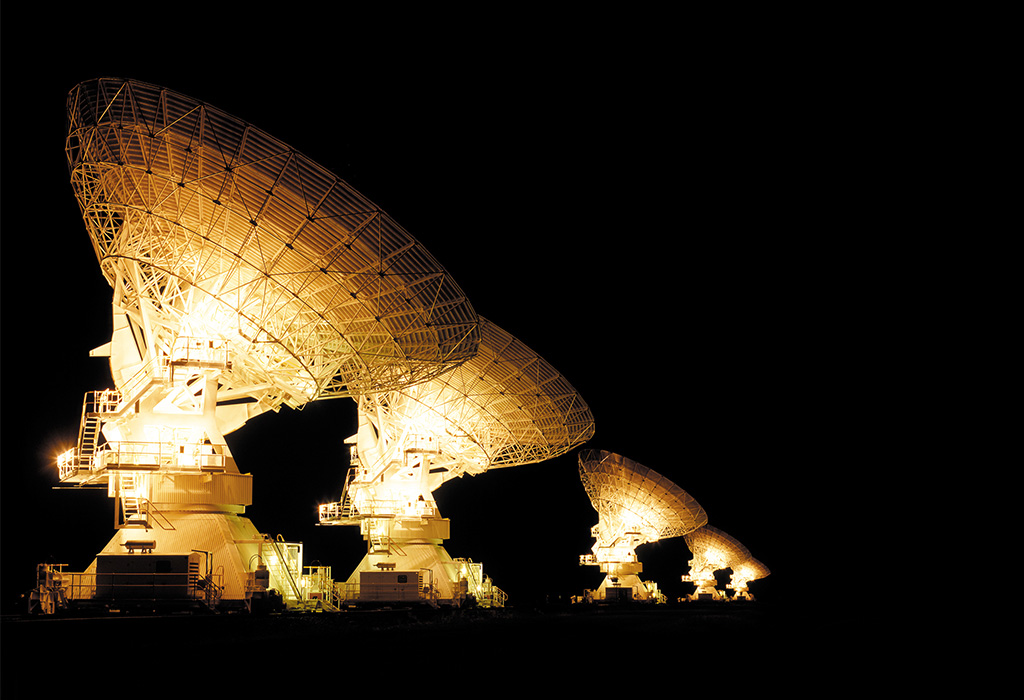All systems go—telescopes around the globe catch neutron star collision
Today’s announcement from the OzGrav (The ARC Centre of Excellence for Gravitational Wave Discovery), CAASTRO (The ARC Centre of Excellence for All-sky Astrophysics) and the LIGO-Virgo teams is the climax of a frantic few months of astronomical observations and data crunching—the first ever detection of two neutron stars colliding and the satisfaction of solving the decades-old mystery of gamma-ray bursts.
The LIGO team detected the gravitational waves on 17 August. Using the three detectors located in Washington State and Louisiana in the United States, and a third near Pisa in Italy (which had only just come online at the beginning of the month), they were able to give an approximate location for the other telescopes to hone in on and make their observations.
Just 1.7 seconds after the gravitational waves were detected, the NASA Fermi telescope detected a gamma-ray burst—confirmation of the 50-year-old theory that gamma-ray bursts are indeed the result of two neutron stars merging.
Using the information provided by the gravitational wave teams, optical telescopes around the world also jumped into action and directed their scopes towards the location of the collision—galaxy NGC 4993, around 130 million light years from Earth.
It took around 11 hours for the optical, including infrared, signals to come in. The ARC Centre of Excellence CAASTRO/OzGrav soon had their Siding Spring SkyMapper optical transient telescope in northern New South Wales looking in the right direction, and the Zadko optical telescope in Western Australia shortly followed suit to analyse the colours and brightness of the spectacular fireball.

And then, nine days later, X-ray telescopes around the world, including NASA’s Chandra Observatory, detected the X-ray signals from the cataclysmic event. The radio signals followed another seven days later, with another CAASTRO team in Sydney, using the radio telescopes of the CSIRO Australia Telescope Compact Array, confirming they detected radio emissions from the event, along with several other radio telescopes around the world.
So many telescopes, so much data—a truly global collection of astronomers scrambling and working together to capture and describe a universal event. This combination of results combined with the known masses of the objects involved in the collision paints a pretty convincing picture of two neutron stars colliding. Gamma-ray burst mystery solved, 50 years of speculation over. Bring on the Nobel Prizes.
And this is cool for lots of reasons. One is that it’s thought that these events could be the production house for what are known as ‘r-process’ elements—heavy elements like uranium, platinum and gold. These elements are too heavy (they have too many protons and electrons) to be produced in the same way that other elements are created by the fusion of lighter elements within stars. Also, because neutron stars are so dense, being able to figure out what happens when they collide could also provide insights into how matter behaves within the (also super-dense) nucleus of a single atom.
All this adds to our understanding of the physics of extreme matter—the stuff that we can’t examine here on Earth, except in very specialised lab experiments. These real world—real universe—observations enable us to better understand the very structure our universe.





